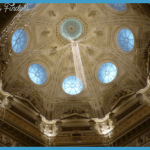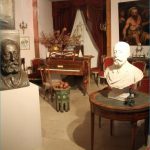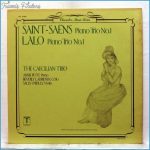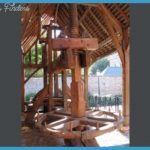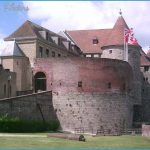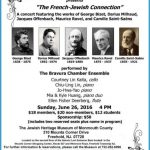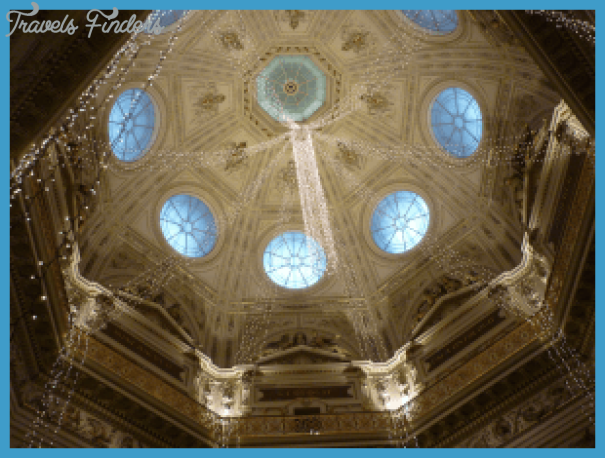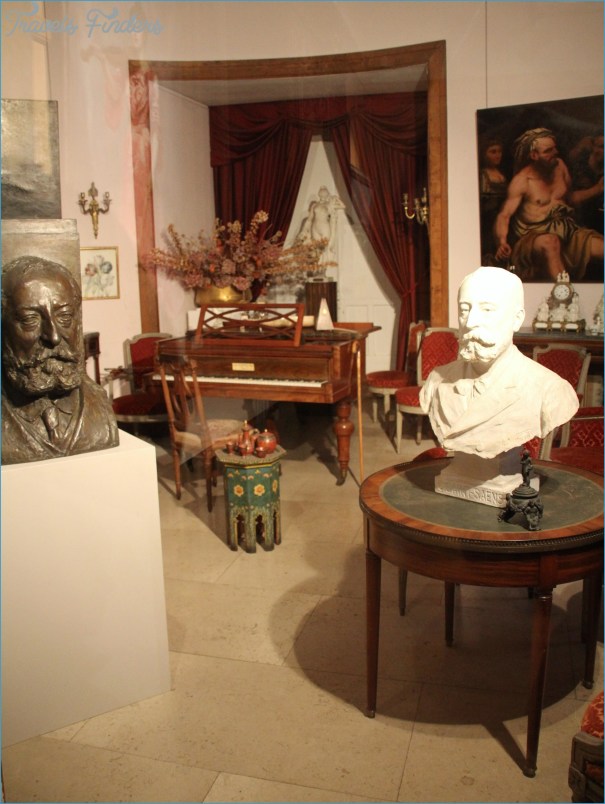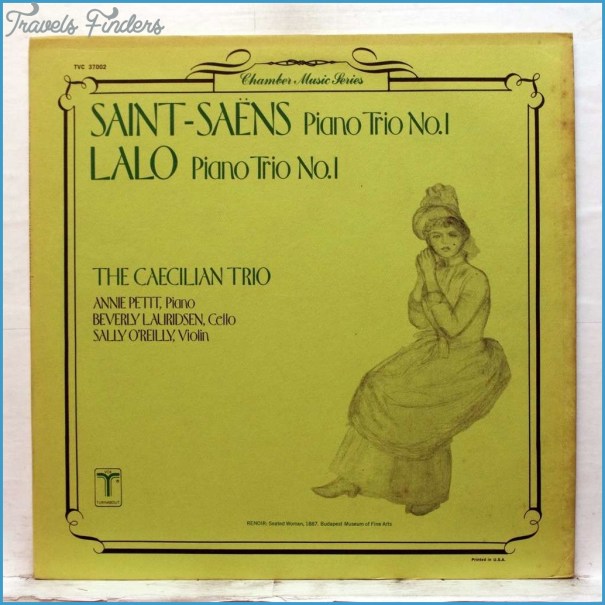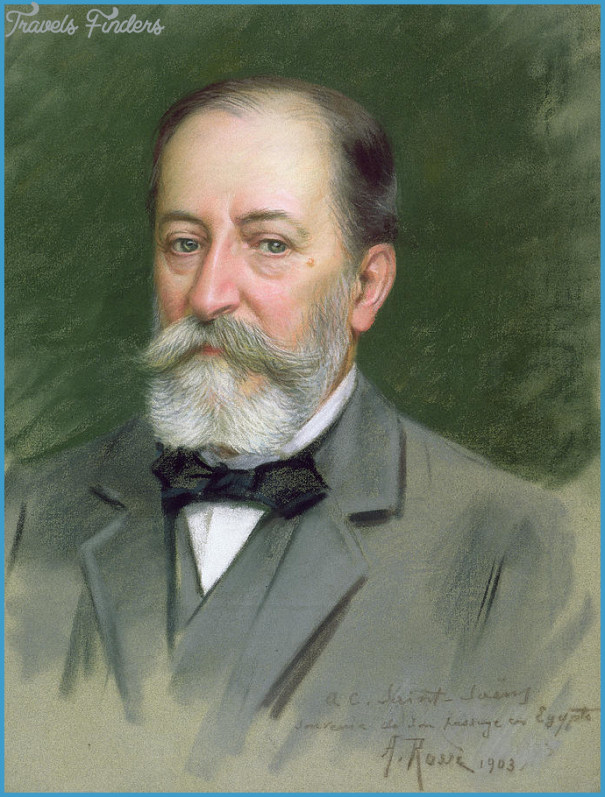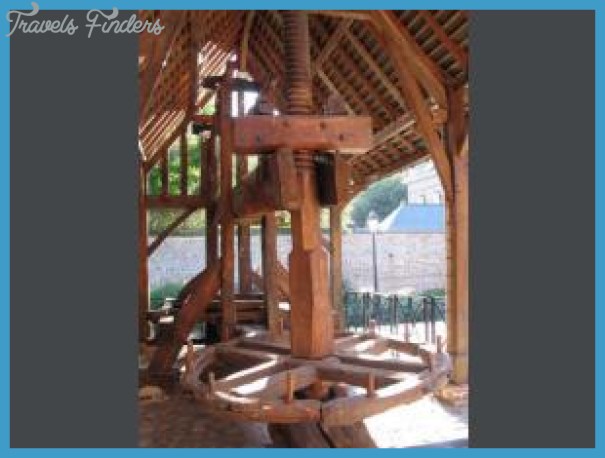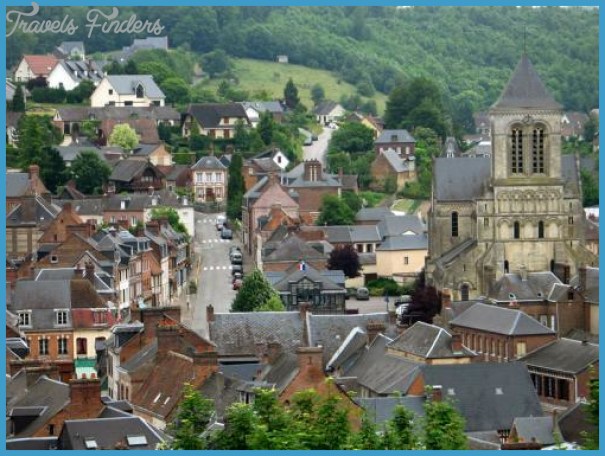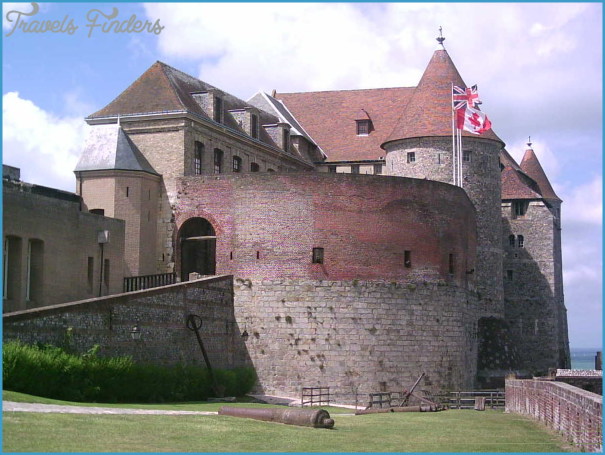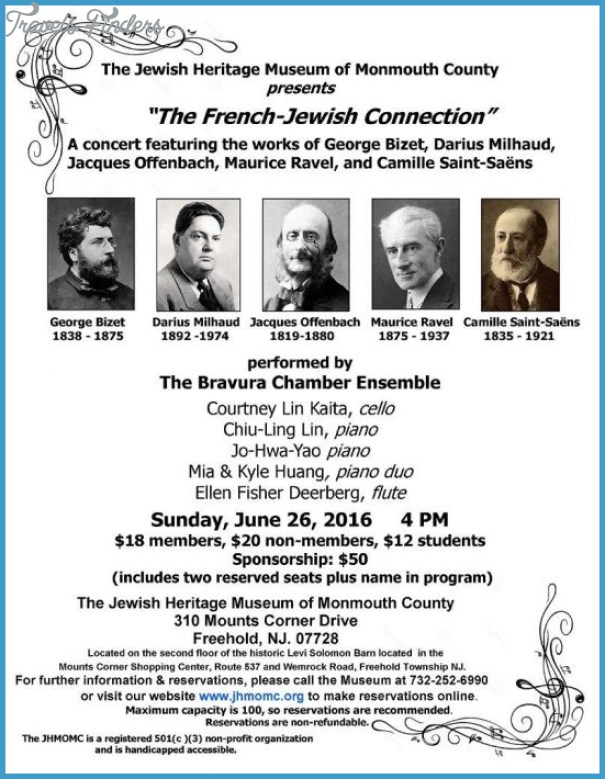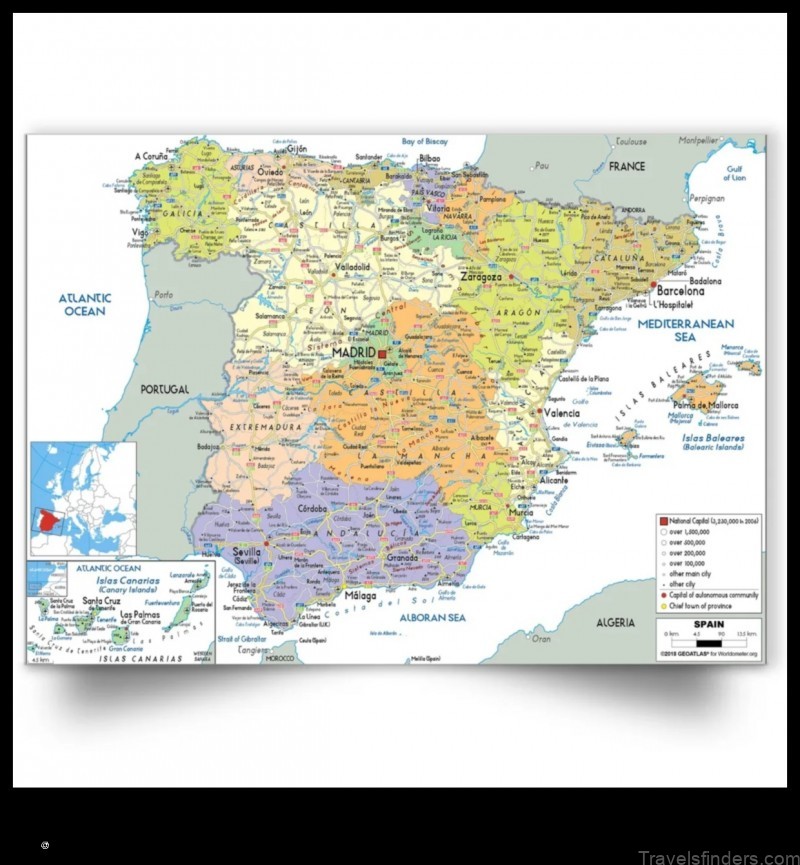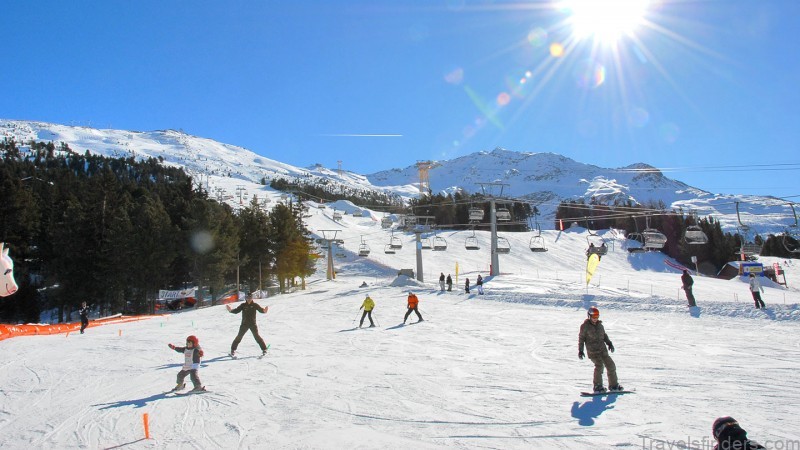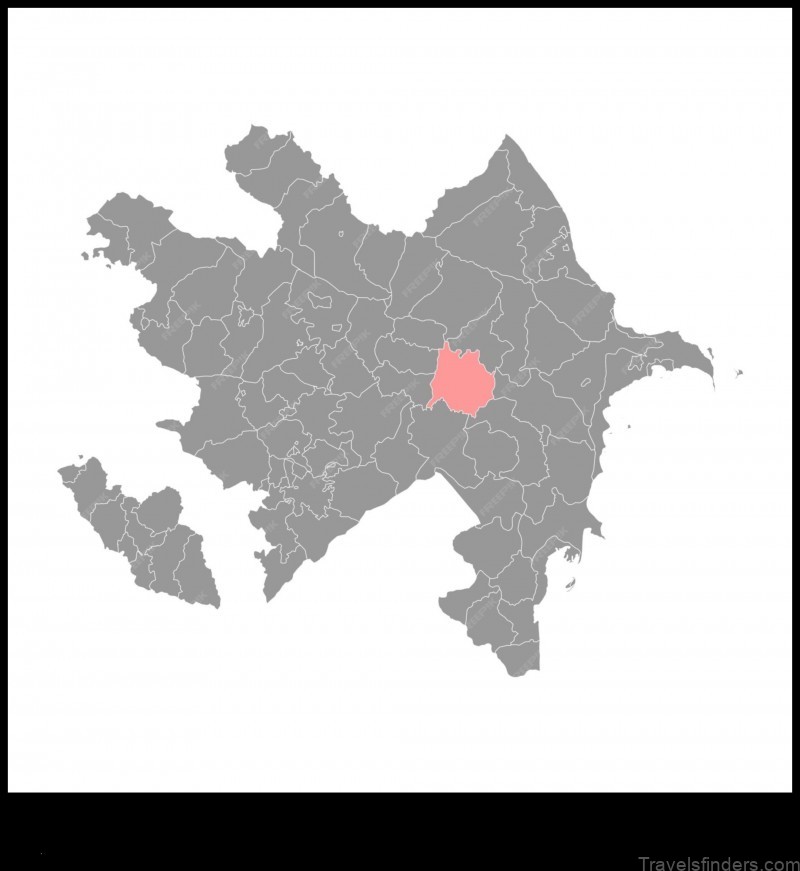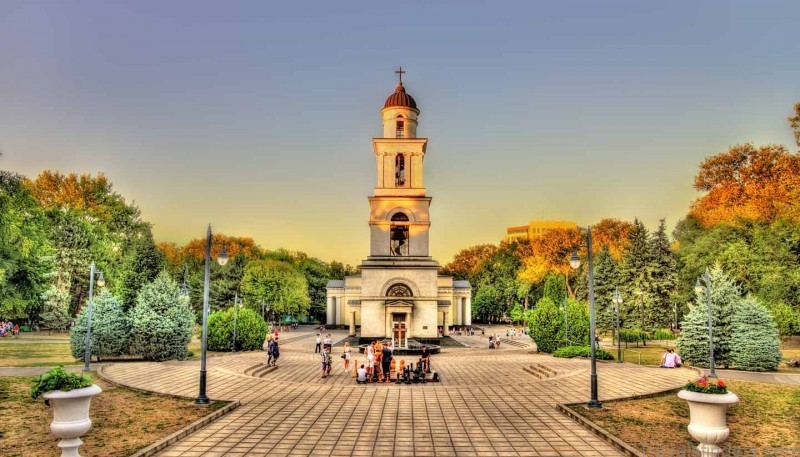SAINT-SAENS MUSEUM
Camille Saint-Saens was a Parisian. He was born in the Latin Quarter, at 3 Rue du Jardinet, on 9 October 1835. But his family came from the Dieppe area; his father had been born nearby, at Rouxmesnil-le-Haut. Possibly they originally hailed from the small, rather sleepy town, actually called Saint-Saens, some 35 km to the south (which advertises no connection with the composer). After his mother’s death, in 1888, Saint-Saens made regular gifts to the City of Dieppe of his possessions, which from July 1890 were displayed in a room in the Bains Chauds; and in the summer of 1897 a Musee Saint-Saens was opened in the courtyard of the old Hotel de Ville (demolished in 1958), a Festival Camille Saint-Saens was inaugurated in the Casino, and the Place de la Comedie was renamed Place Camille Saint-Saens. A statue to him was unveiled with great ceremony in the foyer of the city theatre in October 1907, in his presence; it was moved outside in 1923, only to be requisitioned and melted down by the occupying Germans during World War II. Dieppe was the scene of his last public appearance, on 6 August 1921; he died, in Algiers, on 16 December that year. The centenary of his birth, in 1935, was celebrated in Dieppe as well as Paris and Algiers.
SAINT-SAENS MUSEUM Photo Gallery
Today the composer’s legacy to Dieppe is relegated to a small room in a Saint-Saens display at Dieppe far corner of the hillside Chateau-Musee (opened in 1923) in which the Louis XVI furniture he inherited from his mother and great-aunt and his first piano (a Pleyel in original condition), as well as portraits and busts, can be viewed through glass; there is also a display case with a selection of scores, programmes, medallions and his baton, of wood and engraved silver, along with a bust of Liszt and a death mask of Beethoven. Across town his personal library, which includes more than 15,000 letters, is kept at the Centre Culturel Jean Renoir (1 Quai Berigny) where in 1997 an exhibition marked the centenary of the original Musee Saint-Saens.

